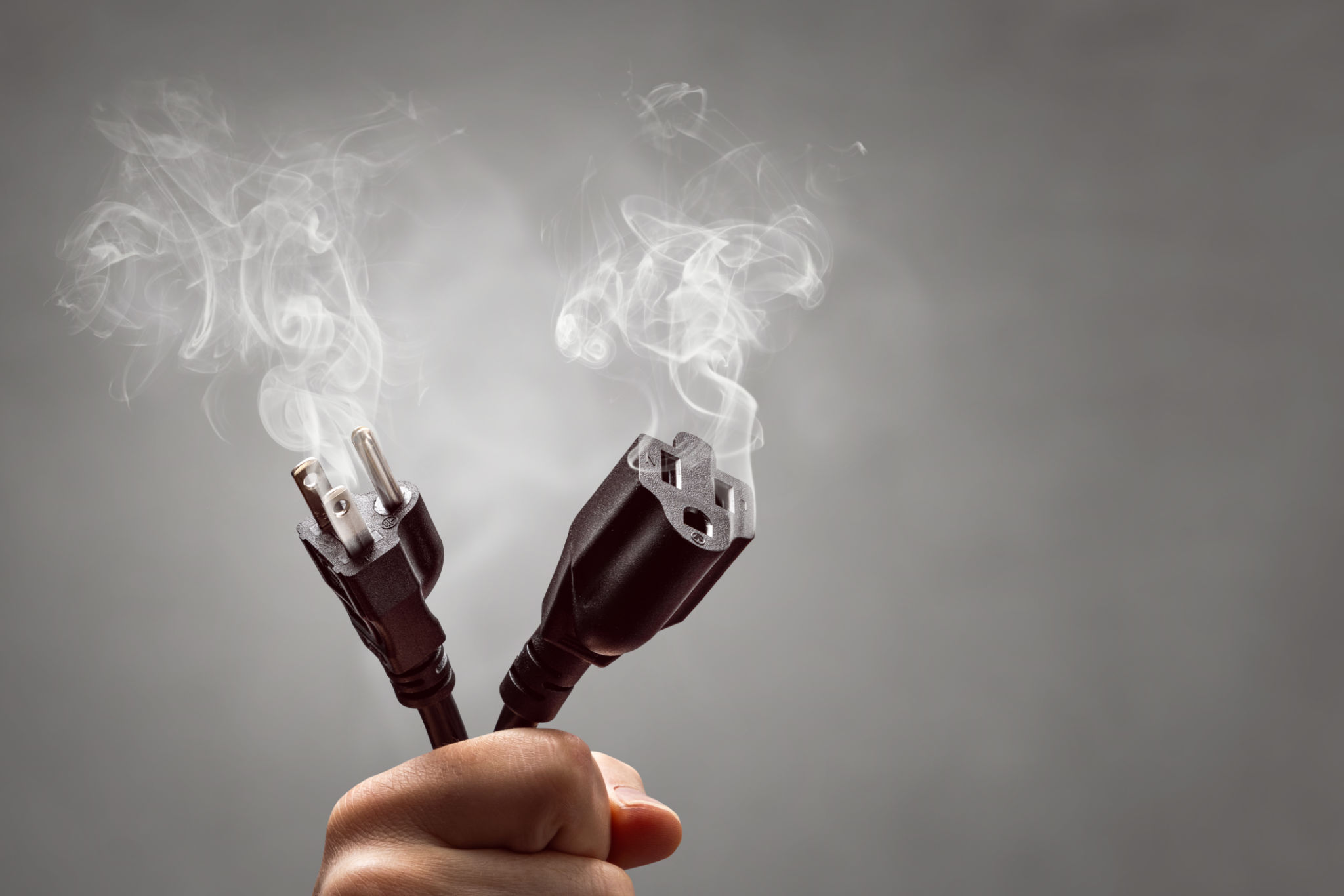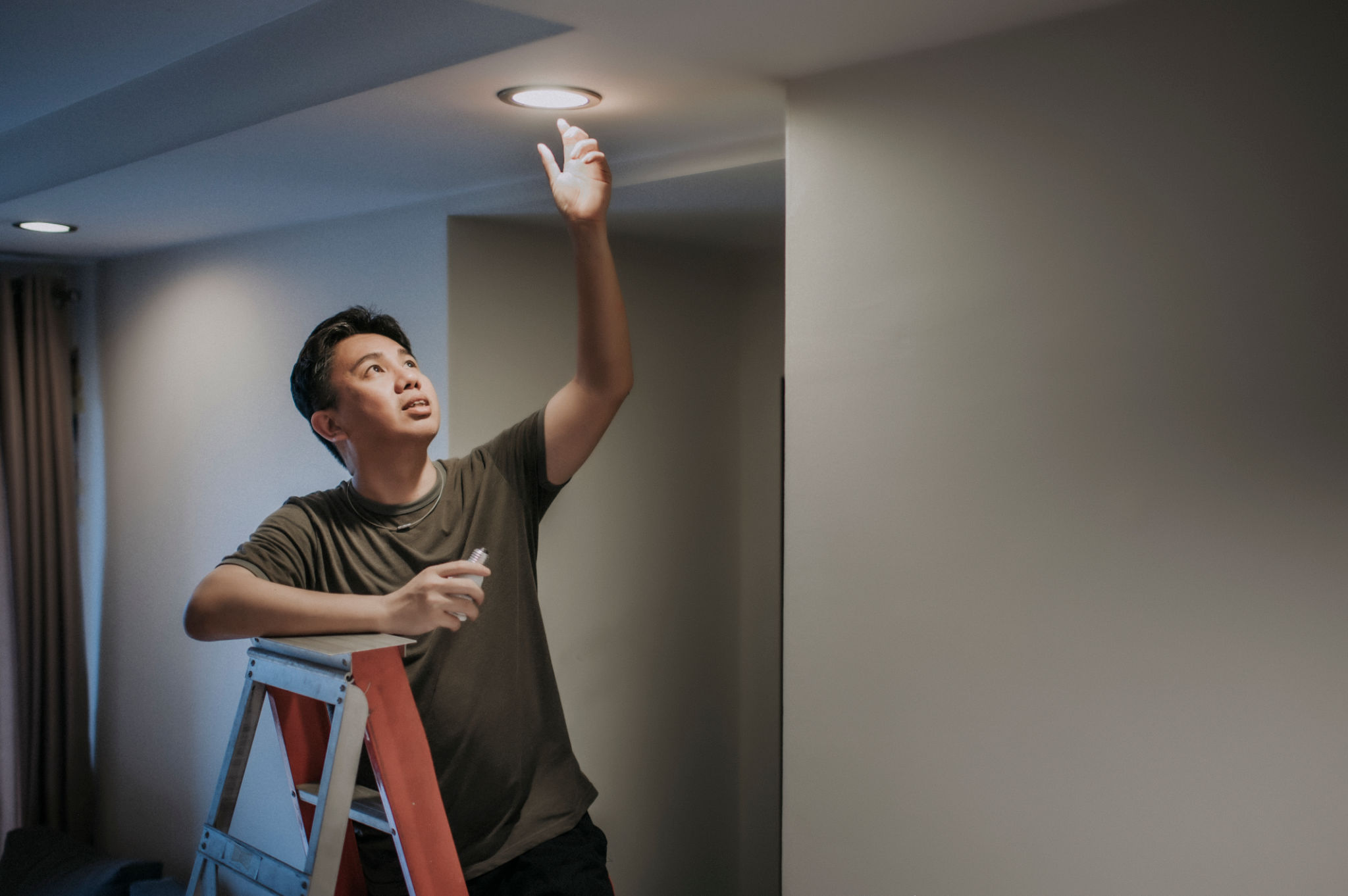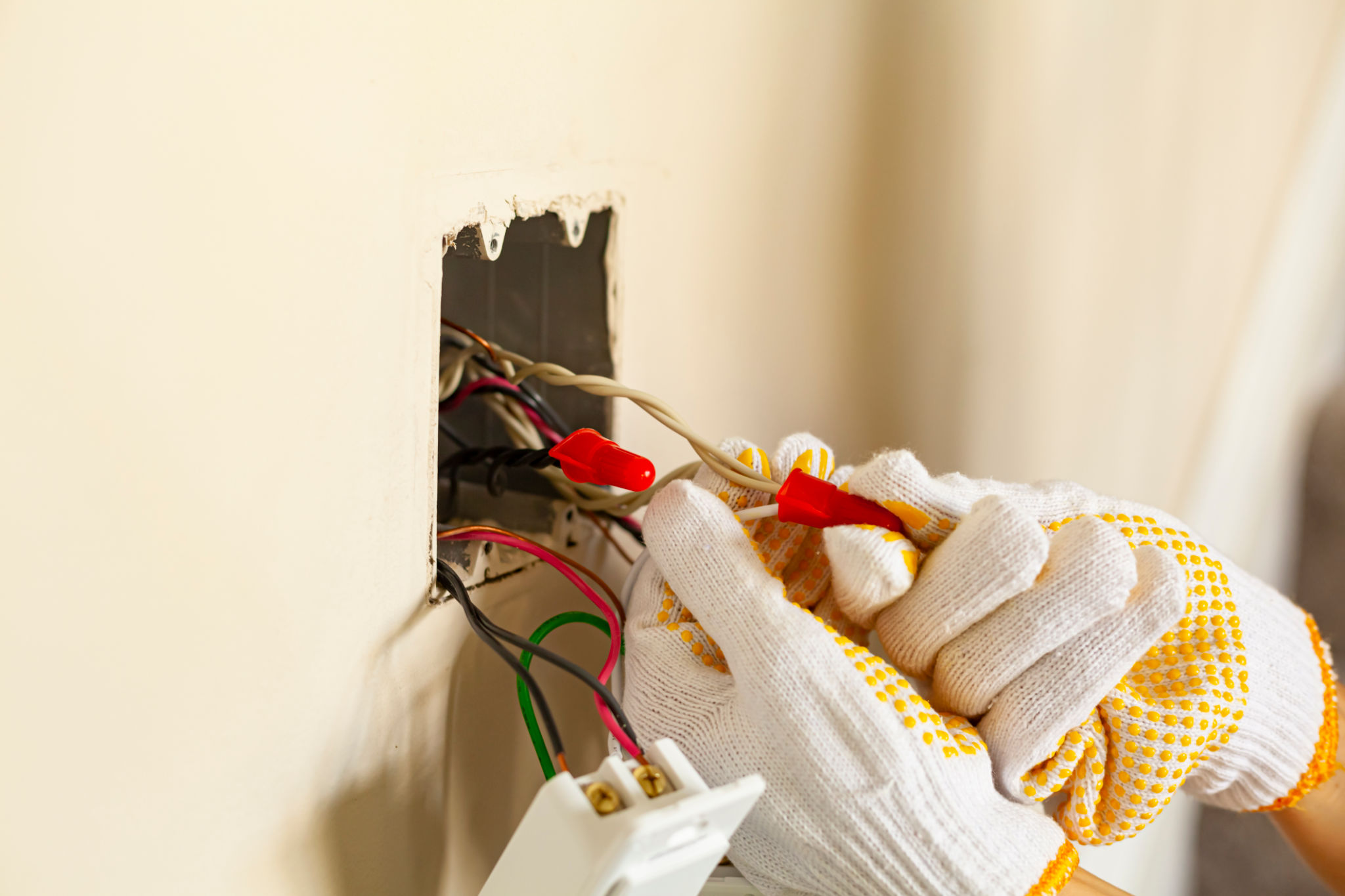Expert Tips on DIY Electrical Safety for Smart Homes
Understanding the Basics of Electrical Safety
Incorporating smart technology into your home can enhance convenience and efficiency, but it's crucial to prioritize electrical safety. Understanding the basics of electrical safety can help prevent accidents and ensure a safe environment. Always start by familiarizing yourself with your home's electrical system, including the location of the circuit breaker and main power switch.
Before starting any DIY electrical project, ensure that you have the necessary tools and safety gear, such as insulated gloves and goggles. It's important to turn off the power at the circuit breaker before working on any electrical component. Test the circuit with a voltage tester to confirm it's de-energized.

Installing Smart Devices Safely
Smart devices, such as thermostats, lighting systems, and security cameras, offer numerous benefits, but improper installation can pose risks. Follow manufacturer instructions carefully, and double-check all connections to ensure they're secure. Avoid overloading outlets with too many devices, which can lead to overheating and potential electrical fires.
If you're uncomfortable installing a device yourself, consider hiring a licensed electrician. They can ensure that the installation meets safety standards and functions correctly. Remember, it's always better to be safe than sorry when dealing with electricity.

Maintaining Your Smart Electrical Systems
Regular maintenance is key to keeping your smart home safe. Periodically check your devices for signs of wear or damage, such as frayed wires or loose connections. Address any issues promptly to prevent hazards. Additionally, update your smart devices' software regularly to protect against vulnerabilities.
Incorporating surge protectors into your setup can provide an additional layer of protection for your smart devices. Surges can occur during storms or power outages, potentially damaging sensitive electronics. A surge protector will help safeguard your investment and maintain the longevity of your devices.

Recognizing Warning Signs
Being able to recognize warning signs of electrical issues is crucial for preventing accidents. Flickering lights, burning smells, or buzzing sounds from outlets or switches are indicators that something may be wrong. If you notice any of these signs, turn off the power and consult a professional electrician immediately.
Additionally, if you experience frequent circuit breaker trips or blown fuses, it might be time to evaluate your electrical system's capacity. An overloaded system can be hazardous and may require an upgrade to handle the increased demand from smart devices.
Safety Tips for DIY Enthusiasts
For those who enjoy DIY projects, safety should always be a priority. When working on any electrical task, use tools with insulated handles and keep your work area dry and uncluttered. Never attempt a project beyond your skill level—seeking professional help is always a wise decision if you're unsure.
Consider taking a basic electrical safety course to enhance your understanding and skills. These courses provide valuable knowledge about safe practices and common pitfalls to avoid when working with electricity.

Conclusion
Embracing smart technology in your home offers numerous advantages, but ensuring electrical safety is paramount. By understanding the basics, installing devices properly, maintaining systems, recognizing warning signs, and adhering to safety tips, you can enjoy a smart home that is both convenient and safe.
Remember, when it comes to electricity, there's no room for shortcuts. Prioritizing safety will protect your home and loved ones while allowing you to reap the benefits of modern technology.
